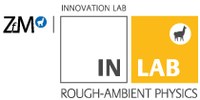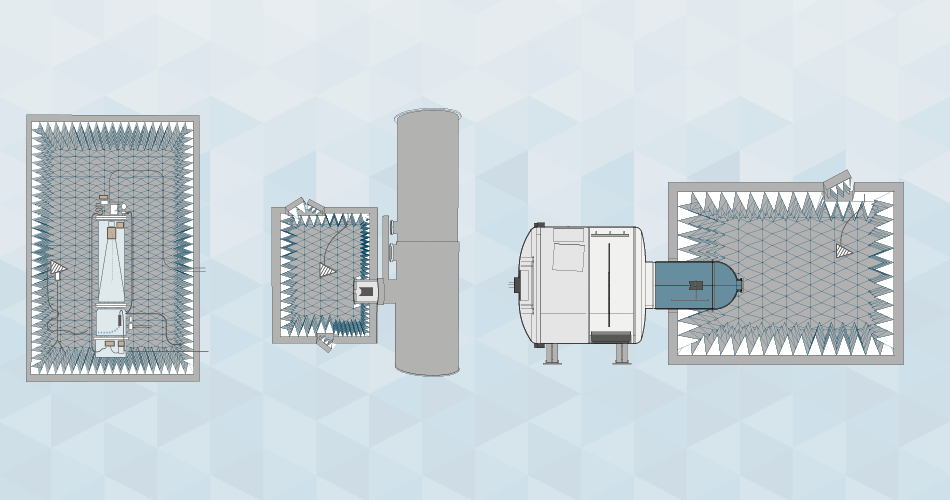Electromagnetic Compatibility
- Electromagnetic Compatibility
-

Electromagnetic Compatibility:
High demands must be placed on space propulsion systems used on satellites, particularly in terms of reliability and durability. To validate these requirements, special test procedures and set-ups are required. Regarding an electric thruster as electronic component of a satellite, it must meet the requirements of electromagnetic compatibility (EMC, where c stands for compatibility) defined in the normative standards. To verify the EMC compatibility of the entire satellite, each electronic device employed must be placed as test object in a special test environment where its emission of electromagnetic fields and waves as well as its susceptibility to impinging radiation is analysed.
Since the operation of electric thrusters requires vacuum conditions as in space, their EM compatibility cannot be established in standard EMC test facilities. In order to overcome this challenge, new types of test set-ups are being built in the JLU space laboratory. These enable us to characterize electric engines operating under space conditions with regard to their electromagnetic compatibility.
Two test facilities for studying EM compatibility of electric engines are under construction:
- Test facility EMuc (Electro-Magnetic Universal Chamber) is an absorber chamber in combination with a vacuum tank, financed by ERDF funds
- Test facility EVA (Electromagnetic Reverberation Chamber) is a mode-stirred reverberation chamber based on a vacuum tank, financed with own funds and with the support of the BMBF.


